![]()
![]()
![]()
Use LEFT and RIGHT arrow keys to navigate between flashcards;
Use UP and DOWN arrow keys to flip the card;
H to show hint;
A reads text to speech;
13 Cards in this Set
- Front
- Back
- 3rd side (hint)
|
the action of rotating aound an axis or center |
rotation |

|
|
|
the angular distance of a place east or west of the meridian at Greenwich, England, or west of the standard meridian of a celestial object, usually expressed in degrees and minutes
|
longitude |
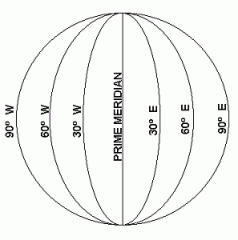
|
|
|
an imaginary line about which a body rotates
|
axis |
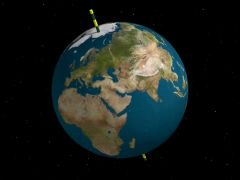
|
|
|
a half of a sphere
|
hemisphere |
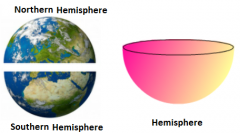
|
|
|
move or cause to move into a sloping position
|
tilt |
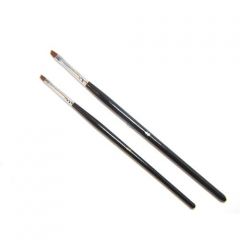
|
|
|
an imaginary line drawn around the earth equally distant from both poles, dividing the earth into northern and southern hemispheres
|
equator |
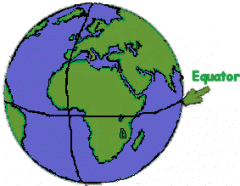
|
|
|
the time or date (twice each year) at which the sun crosses the celestial equator, when day and night are of equal length (about September 22 and March 20)
|
Equinox |
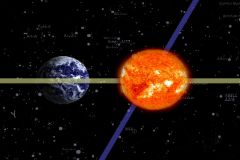
|
|
|
the angular distance of a place north or south of the earth's equator, or of a celestial object north or south of the celestial equator, usually expressed in degrees and minutes
|
latitude |
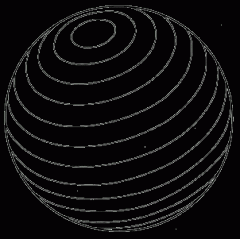
|
|
|
a round solid figure, or its surface, with every point on its surface equidistant from its center
|
sphere |
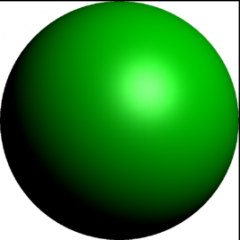
|
|
|
each of the four divisions of the year marked by particular weather patterns and daylight hours, resulting from the earth's changing position with regard to the sun
|
seasons |
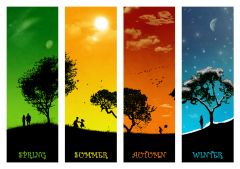
|
|
|
either of the two times in the year when the sun reaches its highest or lowest point in the sky at noon, marked by the longest and shortest days
|
Solstice |
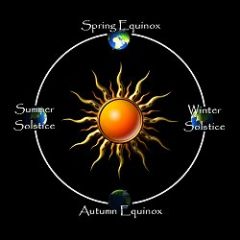
|
|
|
the curved path of a celestial object or spacecraft around a star, planet, or moon
|
orbit |
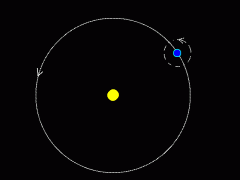
|
|
|
an instance of revolving
|
revolution |

|

